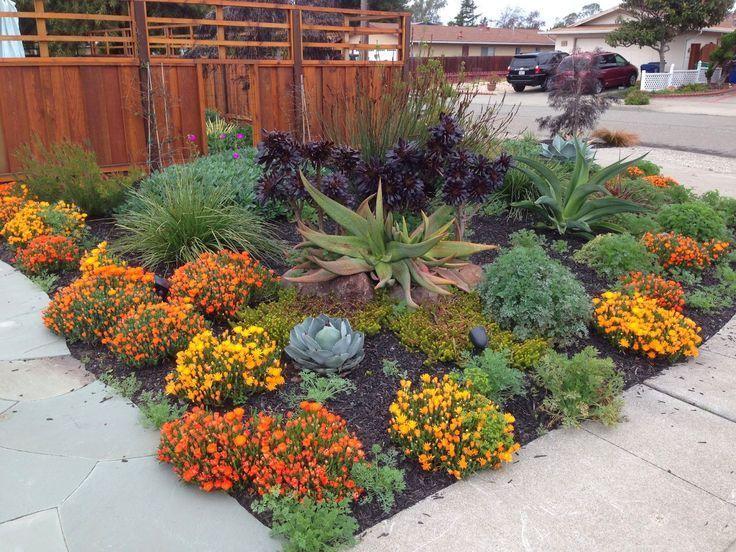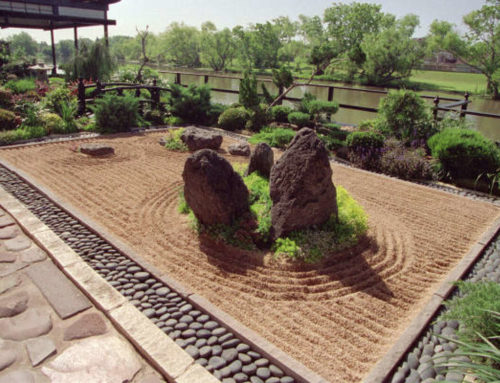Drought-Resistant Turf Alternatives: Transforming California Landscapes for Water Conservation
With water scarcity being a constant concern in California, homeowners are seeking alternatives to traditional lawns that require excessive watering. This is where the niche of drought-resistant turf alternatives comes into play. By replacing water-intensive grass with low-maintenance and water-conserving alternatives, homeowners can create beautiful landscapes that conserve water and reduce the environmental impact.
The demand for drought-resistant turf alternatives stems from the need to adapt to California’s climate and conserve water resources. Traditional lawns demand significant amounts of water to maintain their lush green appearance, which can strain local water supplies during periods of drought. Drought-resistant turf alternatives offer an eco-friendly and sustainable solution by reducing water consumption and promoting water conservation.
One of the key benefits of drought-resistant turf alternatives is their ability to thrive with minimal water requirements. Native grasses, such as buffalo grass or California fescue, are adapted to the local climate and require significantly less water compared to traditional turf grass. These grasses have deep root systems that allow them to access moisture from deeper soil layers, reducing the need for frequent watering.

Another popular alternative to traditional lawns is artificial turf. While it doesn’t require water, artificial turf provides the visual appeal of a lush lawn without the maintenance and water consumption. Artificial turf is durable, low-maintenance, and can withstand heavy foot traffic. It provides a consistent green appearance throughout the year and eliminates the need for mowing, fertilizing, and watering.
Beyond grass alternatives, homeowners can explore low-maintenance ground covers for their landscapes. Drought-resistant ground covers, such as creeping thyme, California lilac, or ice plant, offer an array of colors, textures, and fragrances while conserving water. These ground covers can be used to create visually appealing and diverse landscapes that require minimal irrigation.
In terms of design, drought-resistant turf alternatives offer flexibility and creativity. Homeowners can combine different types of turf alternatives to create a unique and visually appealing landscape. Incorporating pathways, mulched areas, or hardscaping elements, such as rocks or pebbles, can further enhance the aesthetics and reduce water requirements.
Additionally, choosing drought-resistant turf alternatives is not only beneficial for water conservation but also reduces the need for pesticides, herbicides, and fertilizers. Native grasses and ground covers are naturally adapted to the local environment and are more resistant to pests and diseases. This reduces the reliance on chemical interventions, creating a healthier and more sustainable landscape.
By embracing drought-resistant turf alternatives, homeowners in California can contribute to the overall water conservation efforts in the state. Conserving water resources not only helps to alleviate the strain on local water supplies but also promotes a more sustainable and resilient ecosystem. Furthermore, homeowners can enjoy the benefits of reduced maintenance, lower water bills, and a landscape that remains attractive even during periods of drought.
In conclusion, the niche of drought-resistant turf alternatives offers homeowners in California an opportunity to transform their landscapes for water conservation. By replacing water-intensive lawns with low-maintenance and water-conserving alternatives, homeowners can create beautiful and sustainable outdoor spaces. Whether through native grasses, artificial turf, or drought-resistant ground covers, homeowners can reduce water consumption, lower maintenance requirements, and contribute to the overall environmental well-being of the state. So why not embrace drought-resistant turf alternatives and create a landscape that conserves water while still being visually appealing?






Leave A Comment
You must be logged in to post a comment.